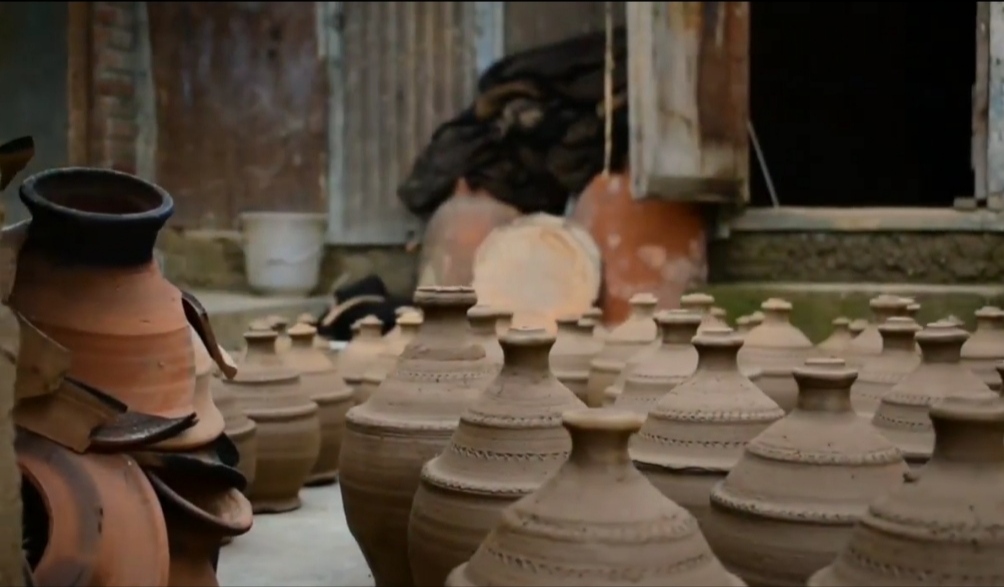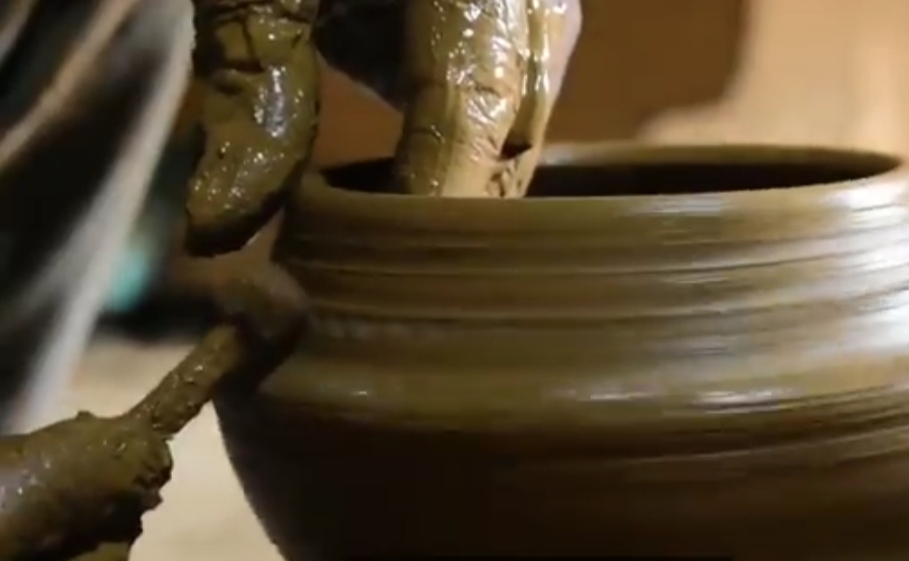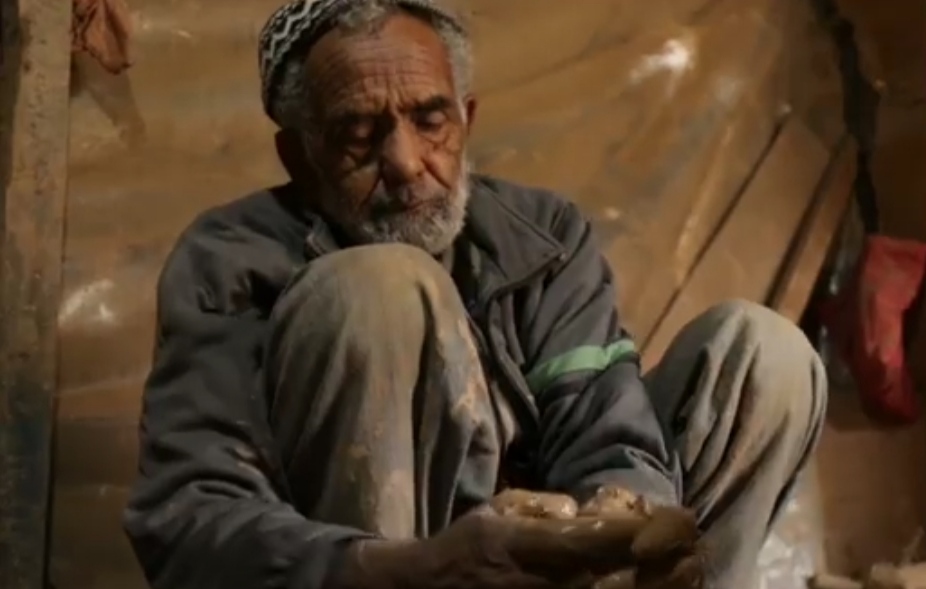An old Kashmiri man associated with the art of Pottery for the last six decades is finding it difficult to continue.
By Syed Uzma
Every piece of art finds its way to survive, despite odds. Khazir Mohammad Kumar from Ishbar Nishat is one such artisan in Kashmir who is keeping the art of Pottery alive. The wrinkles on his face illustrate the trials and tribulations he has gone through, but it hasn’t stopped him from continuing the work which was started by his grandfather and inherited by his father.
Kumar started making pottery items when he was a child. Now in his seventies, he continues with the same energy and patience he possessed when he learnt the art nearly 55 years ago. Recalling the time when he began making pottery items, Kumar said: “I was a kid when my grandfather and father taught me the basics of Pottery. It is our family profession, and I learnt quickly.”

Pottery as a craft in Kashmir can be traced to the Neolithic settlements during 3000 to 1200 BC. Over the years, it has survived the changes in modern kitchens of Kashmir, “Business never loses importance. This work was done even by prophets of Islam. I am hopeful it will continue. But it will become costlier due to lack of interest among people in using pottery items in their kitchens.”
“Allah has blessed the trade, but it has to be pursued with pure heart,” he added.
Pottery as a craft in Kashmir can be traced to the Neolithic settlements during 3000 to 1200 BC. Over the years, it has survived the changes in modern kitchens of Kashmir.
The market for Pottery in Kashmir has shrunk rapidly due to competition from porcelain, stainless steel, aluminum, and other materials, “Pottery needs hard work and patience. Everyone can’t do it, and everyone can’t value it. The market is still good for those who are in love with and value the art.”
Talking about the benefits of using pottery utensils, Kumar cited the instance of clay pots which are believed to retain the nutritive value of food, “Cooking in clay pots helps our heart regulate the PH balance in our food. It also provides minerals but, more importantly, they are environmental friendly.”
“Nowadays, doctors also recommend using pottery utensils in kitchens. This is mainly because of the side effects of other materials,” he said.

Kumar’s best-selling items also include piggy banks, tumbaknaer (side drums), plates, and other items. Though he is trying hard to keep the legacy alive, Kumar feels that the younger generation doesn’t have any interest in Pottery.
“Nearly 70 households in my locality used to do pottery work, and now only five to six are left. Today’s generation doesn’t want to work hard, and they don’t want to put their energy into areas that require patience or the use of bare hands.
“Nearly 70 households in my locality used to do pottery work, and now only five to six are left. Today’s generation doesn’t want to work hard, and they don’t want to put their energy into areas that require patience or the use of bare hands. Everything has become machine-oriented.”

Kumar believes that the future is dark because the art of Pottery is witnessing its downfall in Kashmir, “This art will vanish from our culture because today’s generation opts for different kinds of work, like government jobs and businesses. We should flaunt this art if we have to take it to new heights, and no one should be ashamed of being called a Kral.”

Leave a Reply